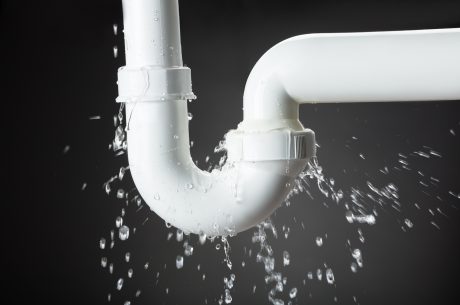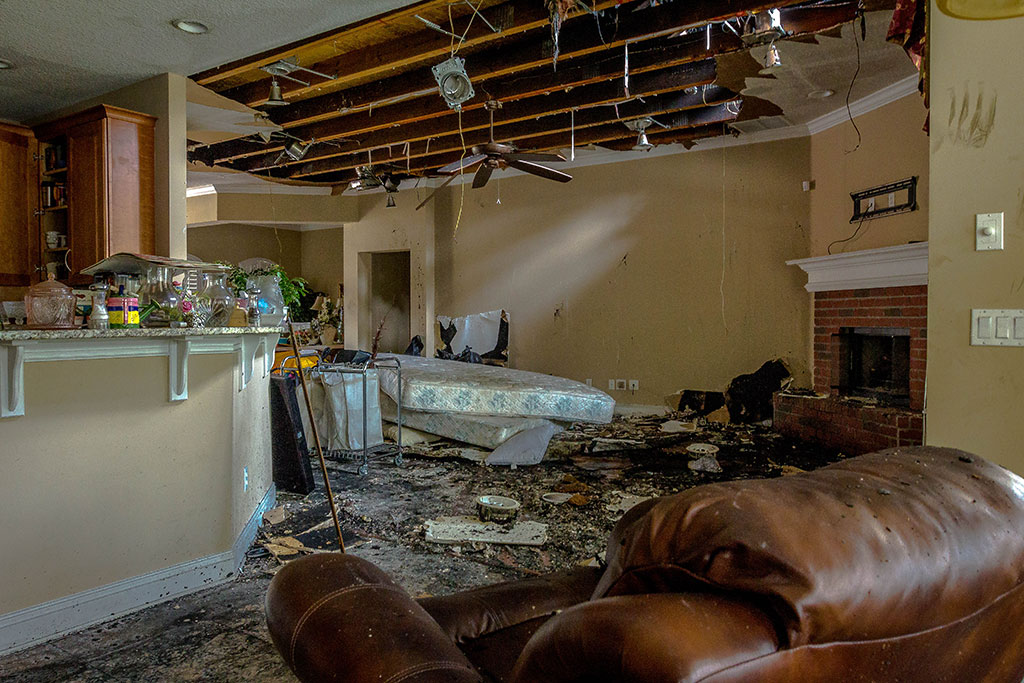When the cozy warmth of your furnace or boiler suddenly turns into a sooty disaster, you’re dealing with a puff back. This unexpected mishap can leave your home coated in a sticky, foul-smelling residue that’s not only difficult to clean but also harmful to your health. If you’ve experienced a puff back, you know how overwhelming the cleanup can be. But don’t worry—there are effective ways to tackle this problem and restore your home to its former comfort.
In this guide, we’ll explore the best methods for puff back cleaning, ensuring your living space is safe, clean, and soot-free.
What is Puff Puff Back?
Puff back is a term used to describe a malfunction in your furnace or boiler that causes a sudden release of soot and smoke into your home. This can occur when an oil burner doesn’t ignite properly, leading to an explosion of unburned fuel inside the system. The result is a messy and potentially dangerous situation where fine soot is dispersed through your heating system’s ducts and vents, coating walls, ceilings, furniture, and other surfaces in your home. Puff back can happen in oil, gas, or coal-fired heating systems and is often caused by issues like clogged nozzles, a cracked heat exchanger, or a faulty ignition system.
Causes of puff back
Puff back can be triggered by various factors, often related to the malfunction or poor maintenance of heating systems. Here are some common causes:
Clogged Nozzles: In oil-fired furnaces or boilers, the nozzle is responsible for spraying fuel into the combustion chamber. If the nozzle becomes clogged, it can cause an uneven fuel spray or prevent the fuel from igniting properly, leading to a buildup of unburned fuel. When ignition finally occurs, it can result in a small explosion or puff back.
Faulty Ignition System: A malfunctioning ignition system can cause delayed ignition, where fuel accumulates before finally igniting all at once. This sudden ignition can create a puff back, sending soot throughout your home.
Cracked Heat Exchanger: The heat exchanger is a critical component that contains the combustion process within the furnace or boiler. A crack in the heat exchanger can allow soot and gases to escape into your home, contributing to puff back.
Damaged or Leaking Oil Supply Lines: If the oil supply lines are damaged or leaking, the flow of fuel to the burner can be disrupted, causing irregular combustion. This can lead to a puff back as the system struggles to ignite the fuel properly.
Improper Venting: Venting issues, such as blocked chimneys or flues, can prevent exhaust gases from being safely expelled from your home. This can cause pressure to build up within the system, leading to a puff back when the gases are suddenly released.
What is puff back cleaning?
Puff back cleaning is the process of removing the soot, smoke residue, and odors left behind after a puff back incident. This type of cleaning is more intensive than regular cleaning because soot from a puff back is often sticky, oily, and can easily smear if not handled correctly. It requires specialized techniques and products to effectively remove the soot and restore the affected areas.
Key Steps in Puff Back Cleaning
1. Soot Removal
Dry Cleaning: Professional cleaners often start with dry cleaning methods to remove the loose soot without spreading it. This includes vacuuming with HEPA filters and using dry chemical sponges to wipe down surfaces.
2. Surface Cleaning
Specialized Cleaners: Walls, ceilings, and other surfaces may require chemical cleaners designed specifically for soot removal. These cleaners dissolve the sticky residue and prevent it from smearing.
3. Duct and Vent Cleaning
HVAC Cleaning: Soot can accumulate in your home’s ductwork and vents, spreading contaminants every time the heating system is used. Thorough cleaning of the HVAC system is essential to prevent recontamination.
4. Odor Neutralization
Deodorizing Treatments: Puff backs often leave behind persistent odors. Techniques like thermal fogging, ozone treatment, and air scrubbing are used to neutralize odors and improve indoor air quality.
5. Content Cleaning
Furniture and Fabric Cleaning: Soot can permeate fabrics, furniture, and carpets. These items may need to be cleaned or treated with specialized cleaning agents or taken off-site for restoration.
How to fix a puff back?
Fixing a puff back involves both addressing the underlying issue with your heating system and cleaning up the resulting soot and residue. Here’s a step-by-step guide:
- Shut Down the Heating System
Immediate Action: Turn off your furnace or boiler to prevent further damage or another puff back. This is essential to ensure safety and stop the spread of soot. - Assess the Damage
Inspection: Carefully inspect your home for soot damage. Check walls, ceilings, furniture, vents, and ducts. Note the extent of the damage, as this will guide your cleaning efforts.
Identify the Cause: Determine what caused the puff back, whether it’s a clogged nozzle, a faulty ignition system, or another issue. If you’re unsure, it’s best to consult a professional HVAC technician. - Repair the Heating System
Professional Service: Hire a qualified HVAC technician to inspect and repair your heating system. This may involve cleaning or replacing parts like nozzles, heat exchangers, or oil supply lines. Ensure the system is thoroughly checked to prevent future puff backs.
Maintenance: Implement a regular maintenance schedule to keep your heating system in good working condition. This includes annual inspections, cleaning, and tune-ups. - Clean the Affected Areas
DIY Cleaning: For minor puff backs, you can attempt to clean soot yourself using specialized cleaning products. Vacuuming with a HEPA filter vacuum and using chemical sponges to wipe surfaces can help remove soot. However, avoid using water-based cleaners as they can smear the soot and make it harder to remove.
Professional Cleaning: If the damage is extensive, it’s wise to hire a professional cleaning service. Professionals use advanced techniques like thermal fogging, air scrubbing, and ozone treatment to eliminate soot and odor effectively. - Deodorize Your Home
Odor Removal: Puff backs often leave behind a strong, unpleasant odor. Use air purifiers, odor-neutralizing sprays, or hire professionals to conduct ozone treatment to remove lingering smells.
How to prevent puff back
Preventing puff back is largely about regular maintenance and careful monitoring of your heating system. Here are key steps:
1. Regular Maintenance: Schedule annual inspections and cleanings for your furnace or boiler. This helps catch issues like clogged nozzles or soot buildup before they lead to a puff back.
2. Monitor Your System: Pay attention to unusual sounds, odors, or smoke from your heating system. Early detection of these signs can prevent bigger problems.
3. Keep the Area Clean: Ensure the area around your furnace or boiler is free of dust and debris, which can contribute to system blockages.
4. Check Oil Supply Lines: Regularly inspect oil supply lines for leaks or damage that could disrupt fuel flow.
5. Test Your System: If your heating system has been inactive, test it before the cold season to ensure it’s functioning properly.
Dealing with a puff back can be overwhelming, but with the right approach and preventative measures, you can minimize the risk and impact on your home. Regular maintenance, prompt repairs, and proper cleaning techniques are essential to keeping your heating system safe and your home free of soot and smoke damage.
If you’ve experienced a puff back, don’t tackle the cleanup alone. Our professional smoke removal service is here to help. We specialize in restoring homes after puff back incidents, using advanced cleaning methods to eliminate soot, neutralize odors, and ensure your home is safe and comfortable once again. Our team is trained to handle even the toughest smoke damage, so you can trust us to bring your home back to its best condition.
Contact us today on 877-750-7876 and let us take the stress out of puff back cleanup. Your home deserves the best care, and we’re here to provide it.




 PuroClean Emergency Recovery Services
PuroClean Emergency Recovery Services